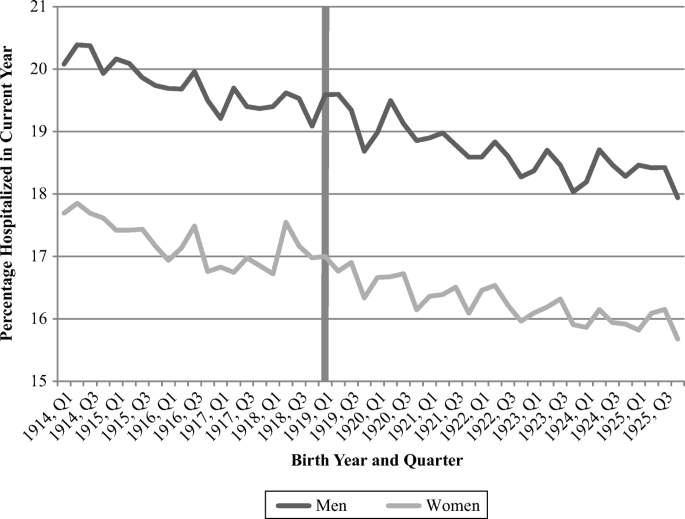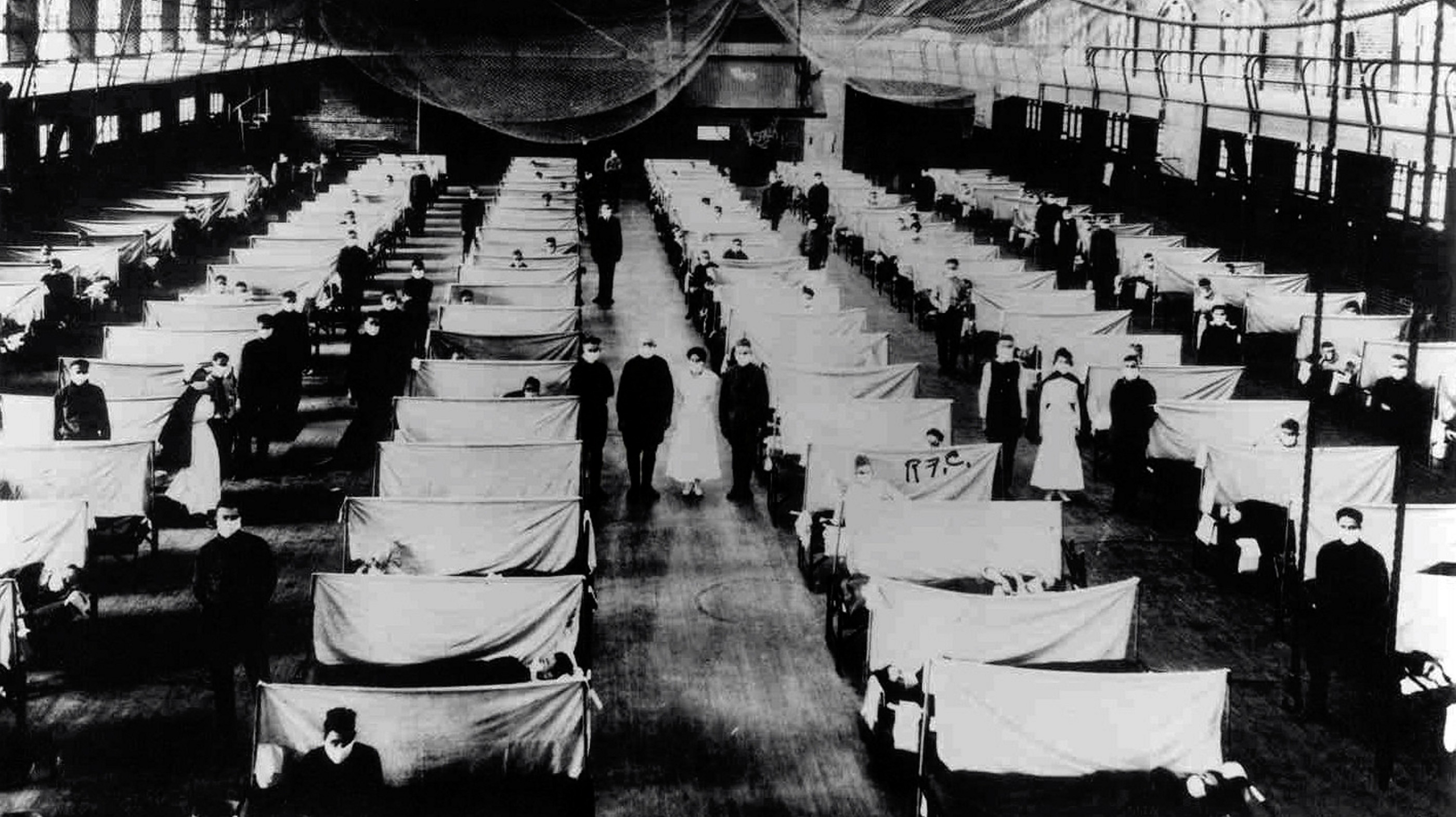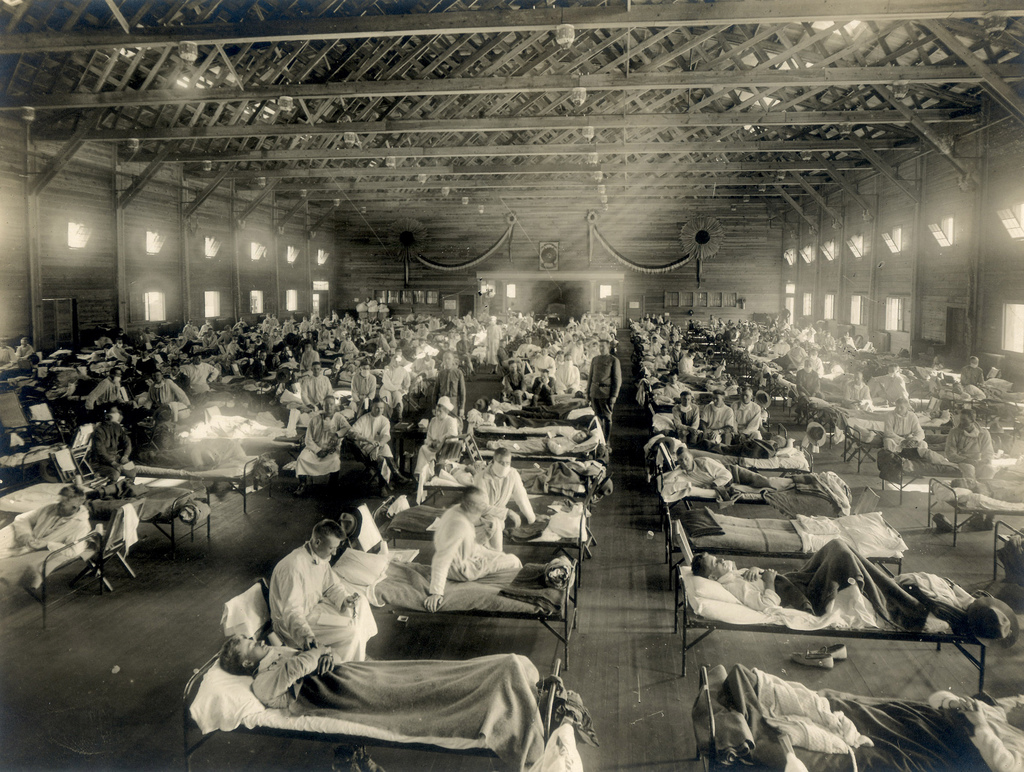


War still claims lives around the world, while poverty is still with us in Britain, though not at the same level that it was in earlier centuries. Like the plague, the three viruses mentioned above all seem to have originated in animals and spread to humans.Īt the beginning of the 21st century some of the causes of diseases are still the same as they were in the Middle Ages. More recently, the Zika virus in South America and Ebola in West Africa, remind us how dangerous viruses can be. More recently, complex antiviral medications have been used to prevent those infected with HIV developing AIDS for as long as possible. The Human Immunodeficiency Virus (HIV) can only be spread through the blood or body fluids of infected people, eg by sexual contact or by sharing needles with an infected person.īy 2000, 8 million people had died as a result of having AIDS. However, it is not like the epidemic diseases of the past. The rapid spread of AIDS in the 1980s came as a shock to many people. Viral diseases remain a challenge to medical science. the H3N2 sub-type – a prevalent flu virus at the moment – takes a particular strain on elderly people.
PHYSICUS WHO DIED IN WW1 OF FLU DRIVER
There is evidence that flu may be a crucial driver of this year's elevated deaths. Quote The current death rate in England and Wales is running about one-third higher than its normal rate for this time of year, official statistics show. This BBC news story is a reminder that influenza still poses a serious health risk, particularly to the elderly. In most years a strain of influenza spreads across the globe, resulting in about 250,000 to 500,000 deaths worldwide. Unusually it was also most dangerous for 20 to 40 year-olds.

Beginning just as World War I was ending, this deadly flu virus claimed 50 to 100 million lives (between 3 and 5 per cent of the world's population), making it one of the deadliest diseases in human history. The most serious pandemic was the Spanish Flu of 1918–20. Therefore a flu vaccine is only effective for a few years at the most. The flu is, in fact, a viral disease, which means that it can mutate. The word influenza comes from the medieval Italian meaning influence, and is a reminder that some doctors believed it was caused by the unfavourable influence of the planets. In response, by 1930, 1,600 extra hospital beds and 22 X-ray units were created to combat TB.īy 1939 there had been a significant reduction in new cases, but Wales still lagged behind England. In 1910, the five counties suffering the highest death rates in England and Wales were all Welsh, with 11,000 new cases every year. However, the rise of drug-resistant strains in the 1980s, particularly amongst the homeless, means that the fight against TB continues. In the 1950s the introduction of the streptomycin antibiotic, along with better sanitation and vaccination, reduced cases significantly. During the late 19th century, sanatoria were set up and ‘fresh air’ was thought to be the cure, but only worked in about 50 per cent of cases. The TB bacillus was isolated in 1882, but finding a cure was elusive. In the 19th and early 20th centuries, it was a disease associated with poor housing and unhealthy working conditions. It has been found in the skeletons of Egyptian mummies and until the mid-19th century, it was known as consumption, due to the fact that TB sufferers gradually lost weight. The TB bacteria spreads in the droplets of moisture from coughs, sneezes or through unpasteurised cow’s milk.


 0 kommentar(er)
0 kommentar(er)
